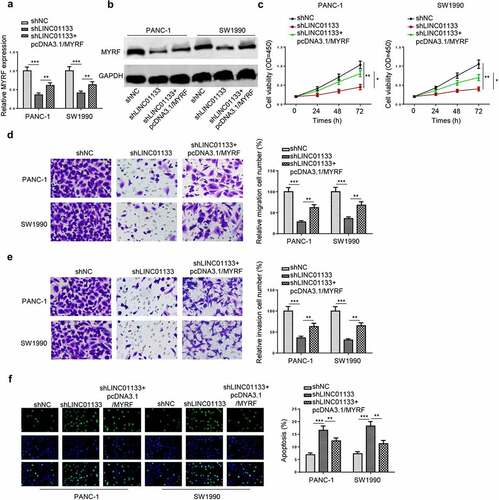Figures & data

Table 1. The relationship between LINC01133 expression and clinicopathological characteristics of PC patients
Figure 1. LINC01133 is upregulated in PC.

Figure 2. LINC01133 promotes PC malignancy.
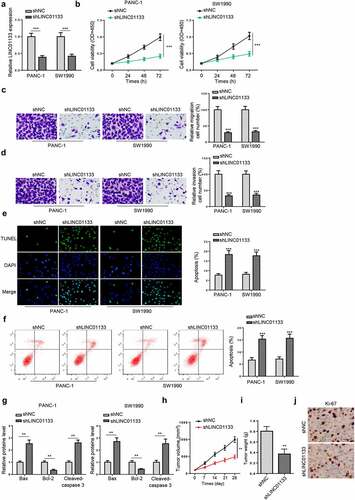
Figure 3. YY1 induces the upregulation of LINC01133 in PC cells.
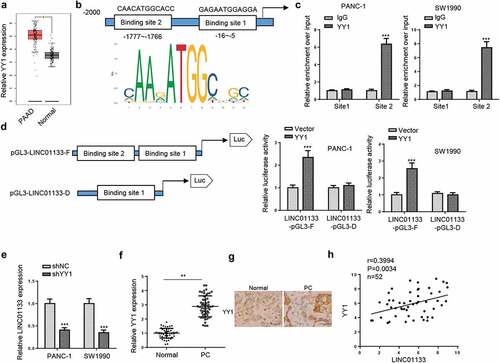
Table 2. The relationship between miR-199b-5p expression and clinicopathological characteristics of PC patients
Figure 4. LINC01133 functions as a ceRNA for miR-199b-5p.
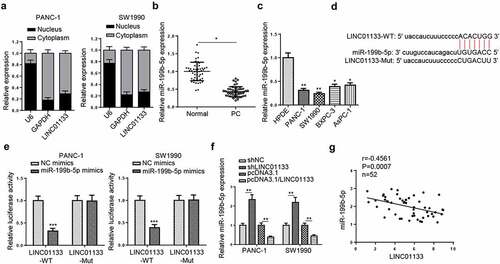
Figure 5. LINC01133 regulates PC progression through miR-199b-5p.

Figure 6. LINC01133 regulates MYRF expression via miR-199b-5p.
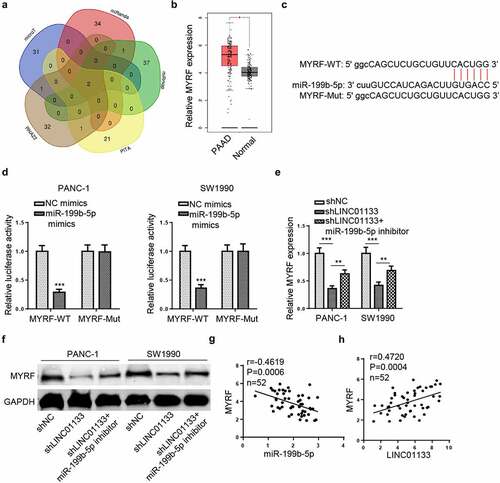
Figure 7. LINC01133 regulates PC malignancy in vitro by positively mediating MYRF.
